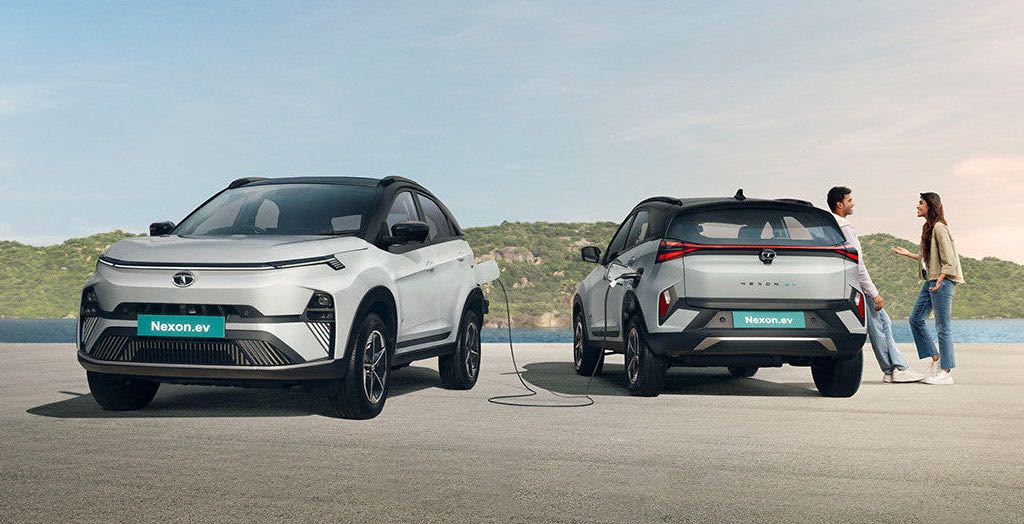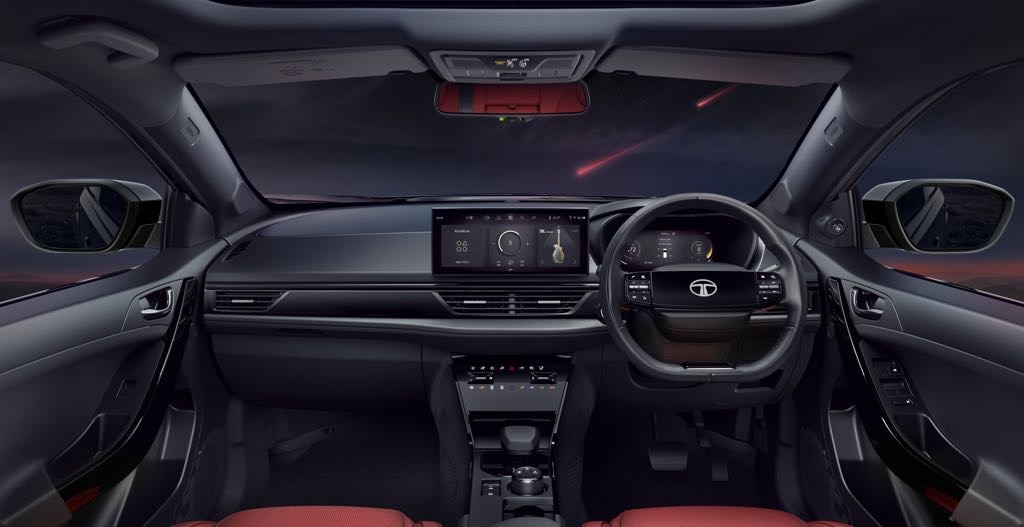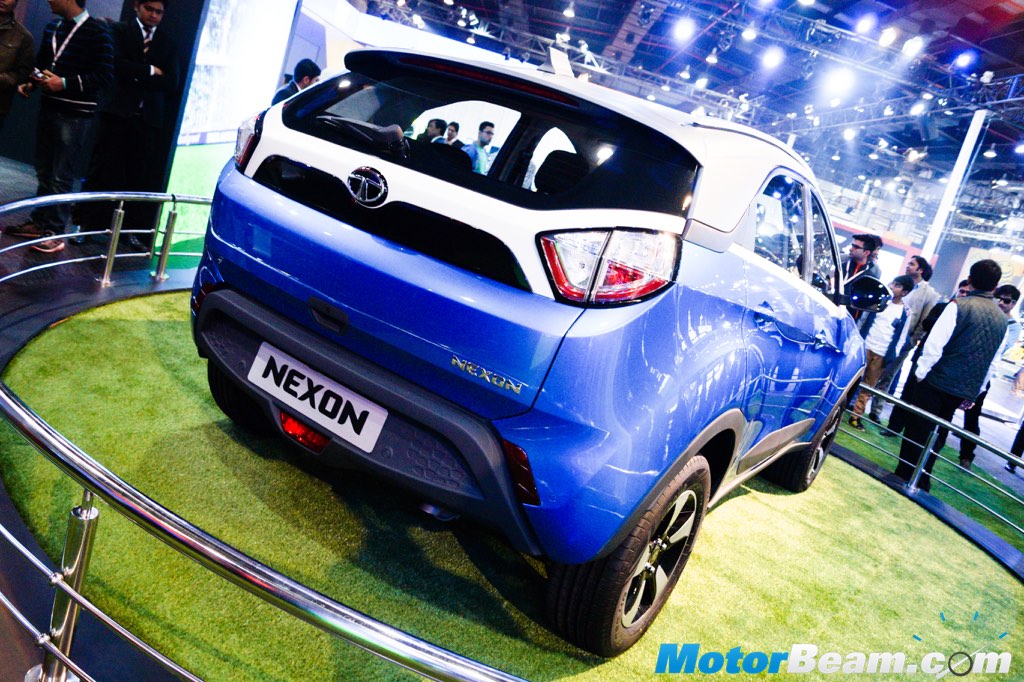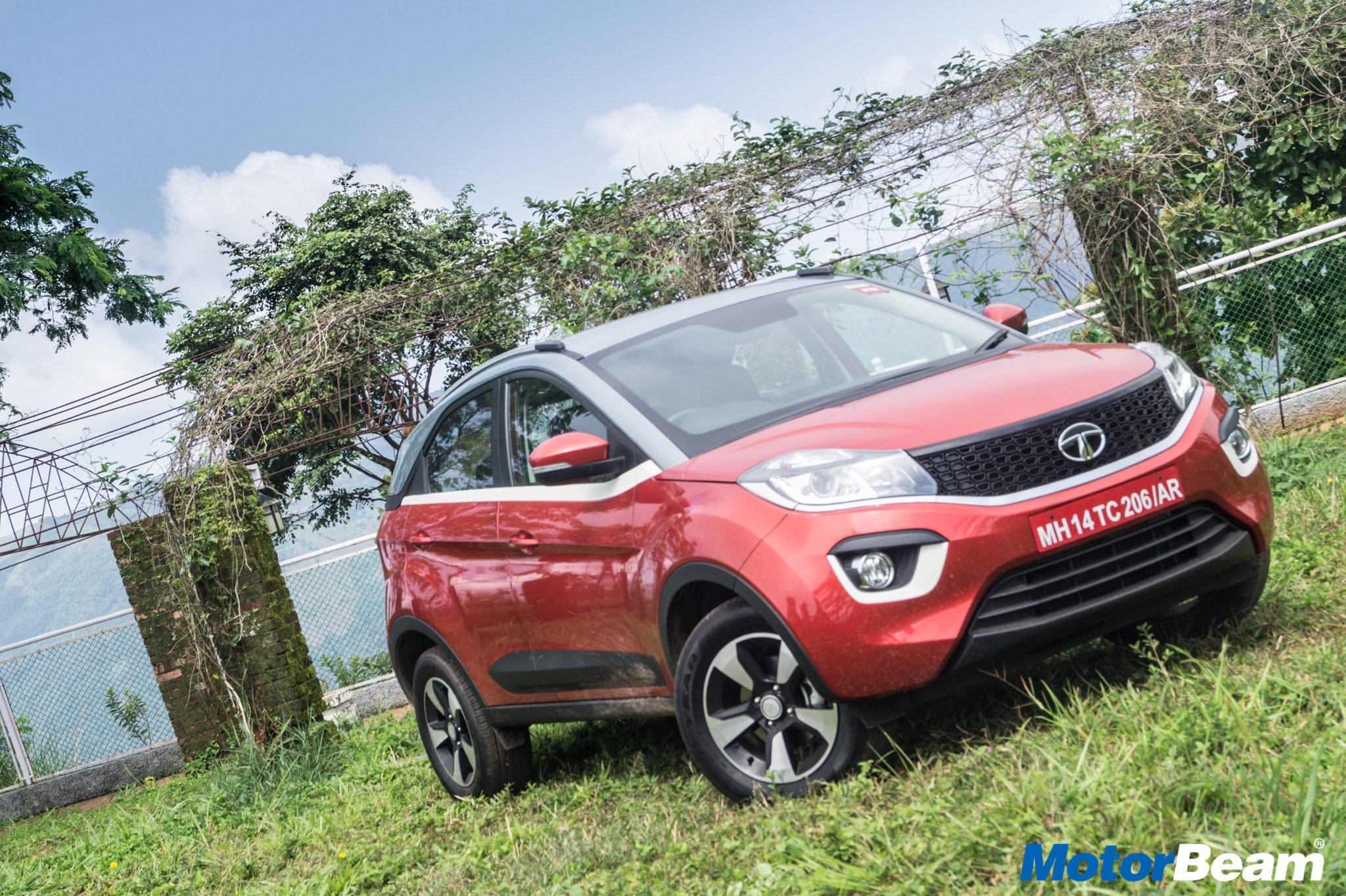
Tata Motors prepares to launch the next gen Nexon with major structural updates
Tata Motors is actively working on the next generation of its popular compact SUV, the Nexon. Internally codenamed ‘Garud,’ the upcoming model is expected to arrive in showrooms by 2027. While it will continue to be based on the current X1 platform, significant structural modifications are in the pipeline to enhance safety, performance, and design.
Evolution of the Nexon
Launched in September 2017, the Tata Nexon has remained a strong contender in the compact SUV segment. Over the years, it has received two substantial updates—one in 2020 and another in 2023—to keep up with evolving market trends and customer expectations. With the next-generation model expected in 2027, the first-generation Nexon will have completed a full decade in the market, a notably long lifecycle in the automotive industry.
Platform and Design Overhaul
Despite its age, the X1 platform, which can trace its origins back to the Tata Indica of the late 1990s, continues to serve as the foundation for the Nexon. However, it has undergone multiple refinements over the years, including major upgrades in the 2023 facelift. The upcoming generational shift is expected to introduce even more significant structural improvements to align with modern safety standards and market demands.
On the design front, while specific details remain undisclosed, the new Nexon is anticipated to feature a thoroughly revamped exterior and interior. Drawing inspiration from the latest Tata Motors design language, the model is likely to receive a more contemporary and sophisticated look, complemented by an updated cabin with advanced technology and features.
Powertrain Expectations
The next-generation Nexon is likely to retain its existing petrol and CNG powertrains. However, the future of the diesel variant remains uncertain. The current 1.5-litre diesel engine barely met BS6.2 emission norms and with stricter BS7 regulations on the horizon, Tata Motors faces a decision on whether to update the diesel engine or phase it out entirely.
Electrification and Market Competition
The Nexon EV, which has played a crucial role in Tata Motors’ electric vehicle strategy, is also expected to receive an upgrade in line with its combustion-engine counterparts. However, it remains to be seen if the internal combustion engine and EV versions will launch simultaneously or at different intervals.
When it arrives in 2027, the new Nexon will continue to compete in the compact SUV segment against rivals such as the Hyundai Venue, Kia Sonet and the upcoming Skoda Kylaq. With a mix of design enhancements, structural improvements and potential electrification updates, Tata Motors aims to keep the Nexon relevant in an increasingly competitive market.





